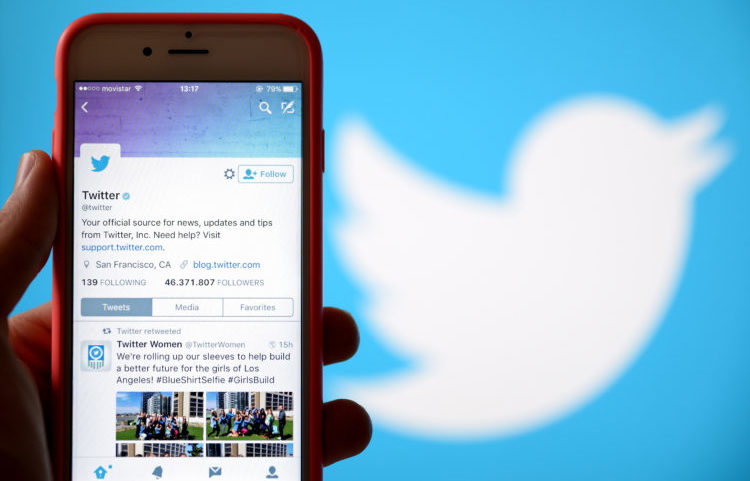
Photo Credit: shutterstock
It almost sounded like an April Fool’s Day joke – a new social network had appeared out of nowhere and is busy signing up “all the cool kids” who had abandoned Twitter. The social network is called Mastodon, and its logo is, you guessed it, a cute wooly mammoth. Instead of sending out “tweets,” you send out “toots.”
But Mastodon is very much real, and it has managed to rack up nearly 50,000 users, many of them in Europe. The social network was founded by a 24-year-old German, Eugene Rochko, who had in mind a decentralized social media platform that would improve on everything that people currently hate about Twitter. It was not so much the “next Twitter” as the “anti-Twitter.”
Improvements on the Twitter experience
Many of the improvements are really just cosmetic changes that Twitter, presumably, is capable of making. For example, instead of being limited to 140 characters as you are in Twitter, you get 500 characters in Mastodon. And, instead of being forced to make your account private to send out private tweets, Mastodon gives you the option to set per-post privacy options.
The most distinctive feature of Mastodon, though, is simply how you sign up. There’s not just one website where you can sign up. In fact, there are many different servers, each responsible for a single “instance” of Mastodon, so nobody really knows for sure how many people there are using Mastodon.
The reason this is even possible is because there’s no single startup or company behind Mastodon – it’s a completely open source project created by programmers. In short, there’s enough code out there that anyone in the world can help to grow Mastodon by creating a new “instance” of it. And each new “instance” can choose to accept certain types of users, as well as whether or not they want to “federate” with the main Mastodon (which has 42,000 users).
A totally decentralized social network
Confused yet? That’s what makes Mastodon so impossible to grasp for the older, formerly cool kids. If you’re not using the same Mastodon “instance” as one of your friends, you may not be able to find him or her, even if you are both Mastodon users. That might happen, for example, if your Mastodon instance chooses not to federate with the flagship Mastodon.
What would anyone possibly want to do that? It just seems so… complex. But it’s the same type of thinking that gave rise to Snapchat. People don’t necessarily want to join a social network to have thousands of friends – they just want to find the right ones at the right time and they don’t really care if they leave behind a trail for advertisers to find them.
The anti-Twitter
So this is not a design bug – it’s a design feature. It’s meant to counter one of the weaknesses of Twitter – the deluge of tweets that may or may not have any relationship to what you really care about. So, for example, there’s one Mastodon instance that’s for “Francophones” and one that’s for “animal rights activists.” If you love to see “toots” about Paris and croissants, sign up for the first one, not the second one.
Even if Mastodon turns out to be one of those buzzworthy social networks that briefly appears and then fades away – it’s certainly on to something. People want a messaging platform where they can hang out with like-minded users and not have to worry about some corporation trying to “monetize” them with ads and sponsored tweets.